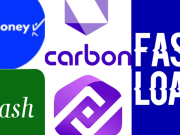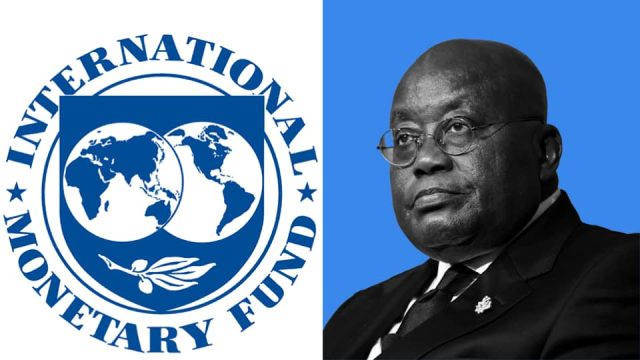Ghana’s IMF program has concluded successfully as of October 2025, with the country securing $1.2 billion in debt relief under the G20 Common Framework—but low growth, high interest costs, and fiscal fragility keep economic recovery precarious.
On October 3, 2025, Ghana became the first African nation to formally exit the IMF’s $3 billion Extended Fund Facility (EFF), launched in May 2023 after a sovereign default. The completion marks a major milestone—but not a full economic turnaround.
Debt Relief Finalized Under G20 Framework
Ghana has secured comprehensive debt treatment:
- Official creditors (Paris Club): $1.1 billion in net present value reduction and 10-year maturity extension (MoU, October 2025).
- Private bondholders: 37% face-value haircut on $5.2 billion Eurobonds, confirmed via consent solicitation in August 2025 (Citibank trustee report).
- China Exim Bank: Rescheduled $1.4 billion in bilateral loans, though final terms remain undisclosed.
Total debt service savings amount to $2.3 billion through 2028, according to the IMF’s October 10, 2025 Country Report (No. 25/312).
Macroeconomic Stabilization Achieved
Key indicators show marked improvement:
- Inflation: Down to 18.4% in September 2025 (Ghana Statistical Service), from a peak of 54.1% in December 2022.
- Cedi: Trading at ¢14.8 per US$ (Bank of Ghana, October 15), supported by $1.8 billion in IMF disbursements.
- Reserves: Gross international reserves stand at $7.2 billion, covering 4.1 months of imports.
Growth Remains Subpar
Despite stabilization, real GDP growth is projected at just 2.1% for 2025 (World Bank, October 2025)—far below the 5% needed to reduce poverty. Public investment has collapsed, with capital expenditure down 34% year-on-year (Ministry of Finance, Q3 2025). The tax-to-GDP ratio remains stuck at 12.3%, below the 15% target.
Risks Ahead in 2026
Ghana’s 2026 budget assumes optimistic oil output (200,000 bpd) and gold prices ($2,100/oz). With public debt still at 68% of GDP, any external shock could reignite instability.
Ghana’s IMF program restored macro credibility—but without deeper reforms in revenue mobilization and public financial management, long-term resilience remains unproven.
Follow us on Instagram.
https://www.instagram.com/businessnewsng?igsh=ZXpweTdjOGF1ZXdu

























